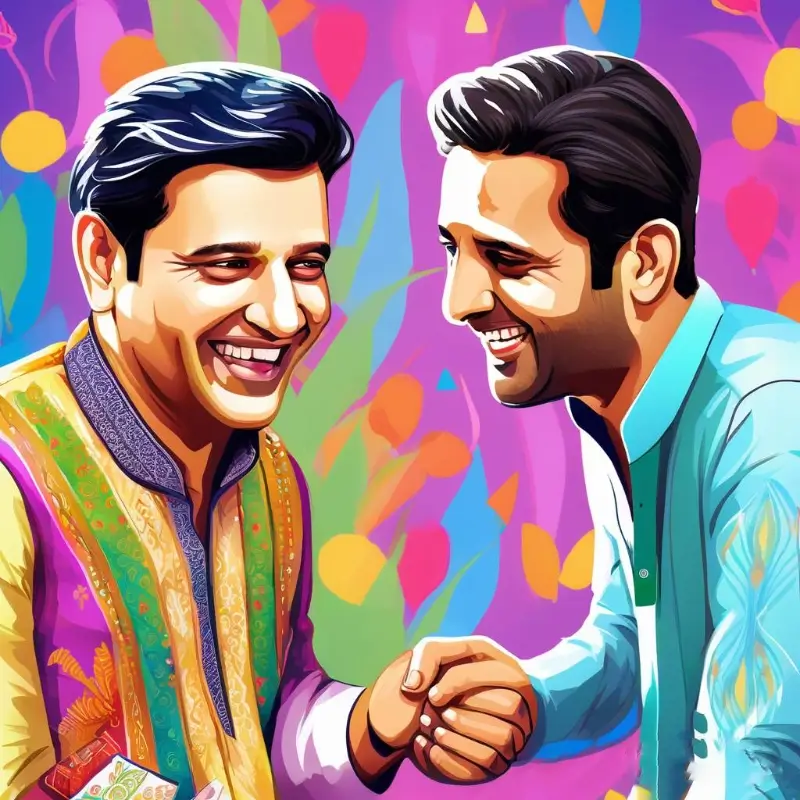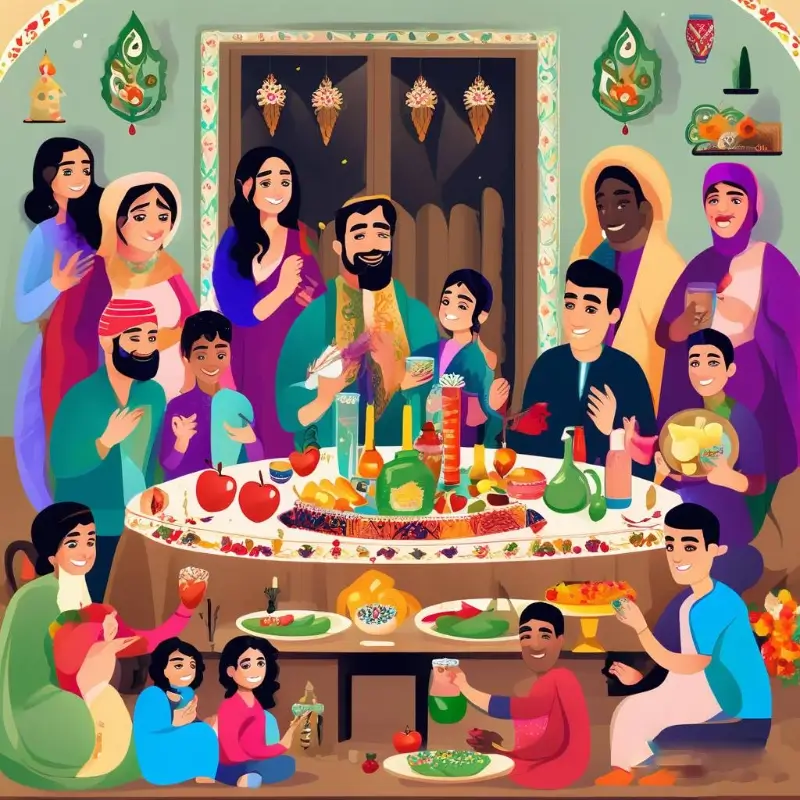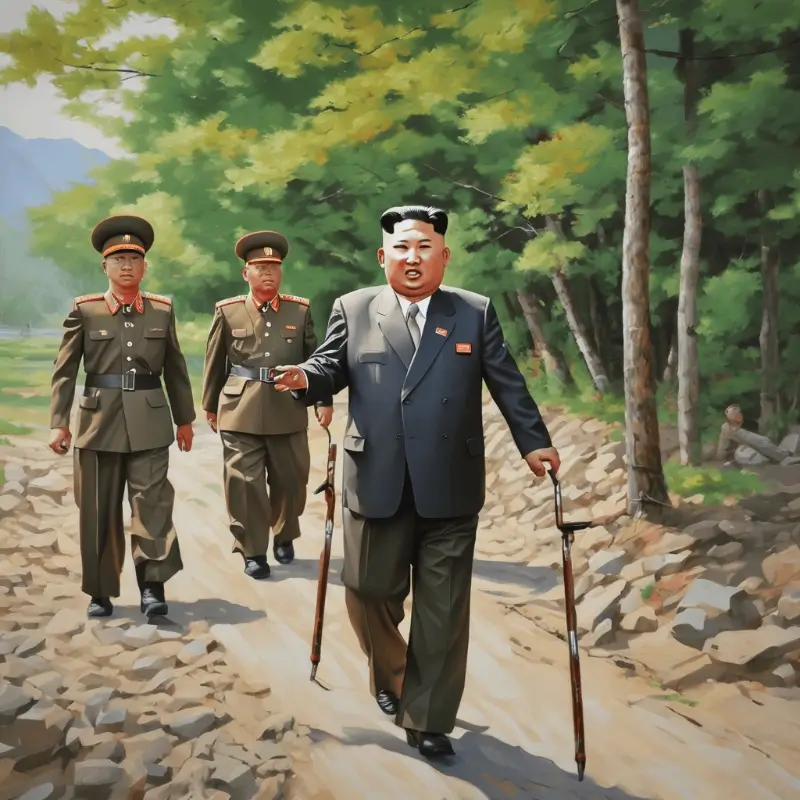why partition of India and Pakistan?
The Partition of India and the creation of Pakistan was a pivotal event in South Asian history that took place in 1947, following the end of British colonial rule in the Indian subcontinent. It resulted in the division of British India into two independent nations: India and Pakistan.
Background and Causes:
- Religious Differences: The primary cause of the partition was the rising demand for a separate homeland for Muslims in the subcontinent. The Muslim League, under the leadership of Muhammad Ali Jinnah, argued that Hindus and Muslims constituted two distinct nations and that Muslims needed a separate state to preserve their political rights and cultural identity.
- Political Ideologies: The All-India Muslim League advocated for a two-nation theory, asserting that Muslims and Hindus could not coexist peacefully in a single country due to fundamental differences in religion, culture, and aspirations. On the other hand, the Indian National Congress, led by figures like Mahatma Gandhi and Jawaharlal Nehru, initially opposed partition and sought a united, secular India.
- British Policy and Decolonization: As the British prepared to withdraw from India, they faced increasing pressure to transfer power to the Indian people. The British government, led by Lord Louis Mountbatten, eventually decided that partition was the only viable option to avoid widespread violence and civil war between Hindus and Muslims, given the sharp divisions and lack of agreement on a united India’s constitutional framework.
- Population Distribution: The demographic reality of a significant Muslim minority spread unevenly across the subcontinent, concentrated in certain regions, fueled demands for separation. The Muslim-majority areas of northwest and northeast India became the foundation for the new nation of Pakistan.
- Violence and Fear: Inter-communal tensions and sporadic outbreaks of violence in the pre-partition period further polarized the two communities and created an atmosphere of fear and mistrust, making a peaceful coexistence seem increasingly difficult.
The partition led to the largest mass migration in human history, with millions of Hindus and Sikhs moving to India and Muslims migrating to Pakistan, accompanied by widespread violence and loss of life. The legacy of this partition continues to impact relations between India and Pakistan and shapes the regional politics and identities in South Asia.
The partition led to one of the largest population movements in history, with millions of people migrating across the newly drawn borders. The migration was accompanied by widespread violence, communal rioting, and mass killings, resulting in one of the worst episodes of communal violence in South Asia. Estimates of the number of people killed vary, but it is believed that several hundred thousand people lost their lives in the violence.
The partition of India and Pakistan remains a sensitive and contentious issue, with lasting impacts on the political, social, and cultural landscape of the region. The borders between India and Pakistan remain disputed in some areas, and the two countries have fought several wars and conflicts since independence.



